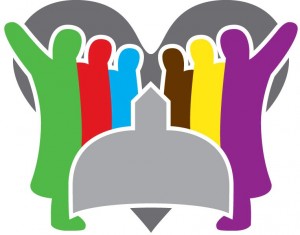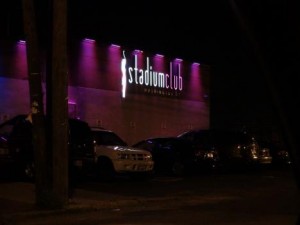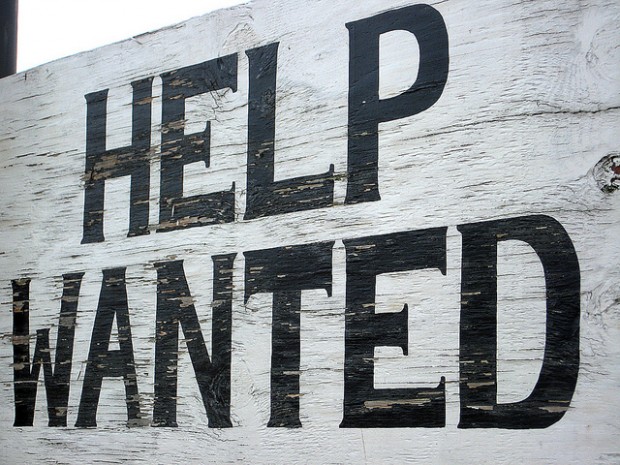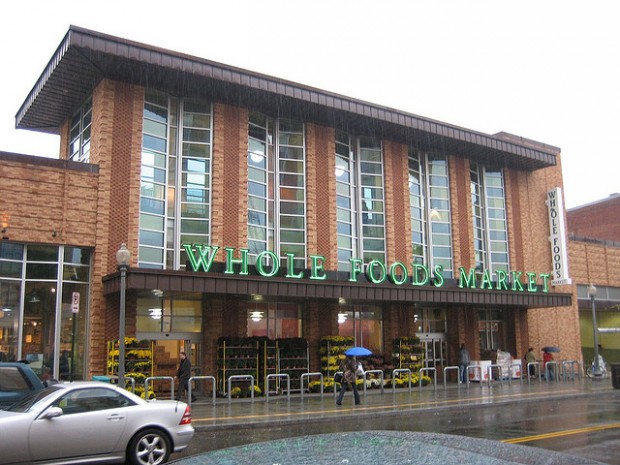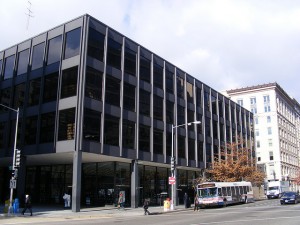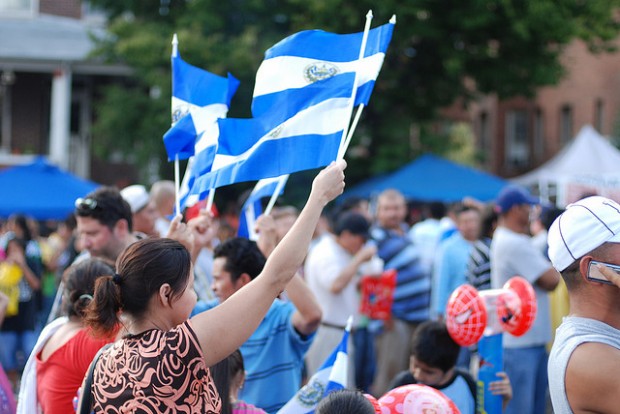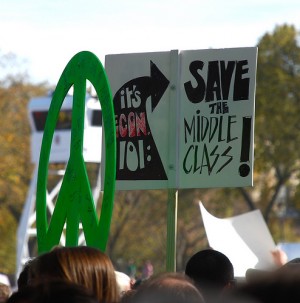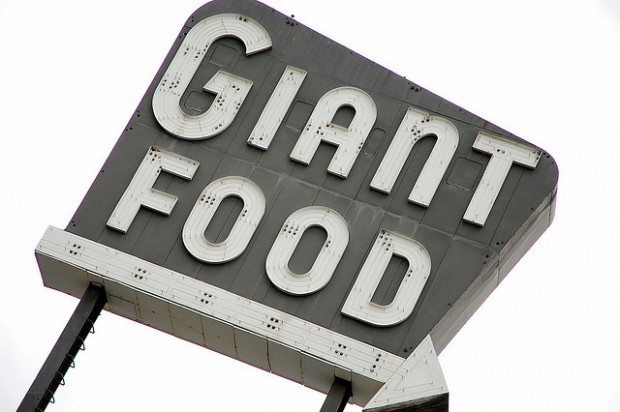
Steve Snodgrass / Flickr
A hallmark of neighborhood change and gentrification are shiny, new grocery stores. The 32-year-old O Street Giant in Shaw closes today to make way for a modernized Giant set to open in 2013. It’s part of the multi-million dollar CityMarket at O development, which includes 600 condos, a boutique hotel and 84 affordable senior housing units.
The O Street Giant has gotten a bad rap throughout the years; there have been health inspection problems, rancid food and rodents, as TBD’s Jenny Rogers reports. Some who regard the store with disdain refer to the place as “Ghetto Giant,” a problematic moniker implying poor and black. But when the store first opened in 1979, it was “declared a triumph for a neighborhood still recovering from riots and struggling with crime,” Rogers writes:
The Washington Post printed that it “symbolizes the transformation that has occurred in Shaw, once the city’s worst slum.” Then-mayor Marion Barry cut a white satin ribbon and proclaimed, “It’s the good times for Shaw.”
According to reports at the time, the O Street Giant was the first new grocery store to open in the District in 10 years. Post writer LaBarbara Bowman noted its “gourmet foods”—including caviar, pickled mushrooms, and Swedish pancake mix—and “gourmet produce”—pomegranates and papayas. For less discerning shoppers, the store offered “pork and beef neckbone, large galvanized trash cans and large packages of rice and beans.” These diverse offerings, it was predicted, would serve both Shaw’s poor and its newly returning middle-class residents.
Decades later, the store certainly doesn’t symbolize neighborhood transformation, nor is it a model of serving low- and middle-income residents. But despite all of its problems, the O Street Giant remained quite busy. It was open 24 hours a day, and more importantly, it was the only full-service supermarket in the neighborhood. Safeway and Whole Foods, more expensive than Giant, are quite a hike away (about .05 to 1 mile away). If you don’t have a car or have kids in tow, O Street Giant is all you had.
Giant is offering a free shuttle to the Columbia Heights Giant, which picks up on Tuesdays and Thursdays at 9:30 a.m. and Sundays at noon, which is far from convenient.
